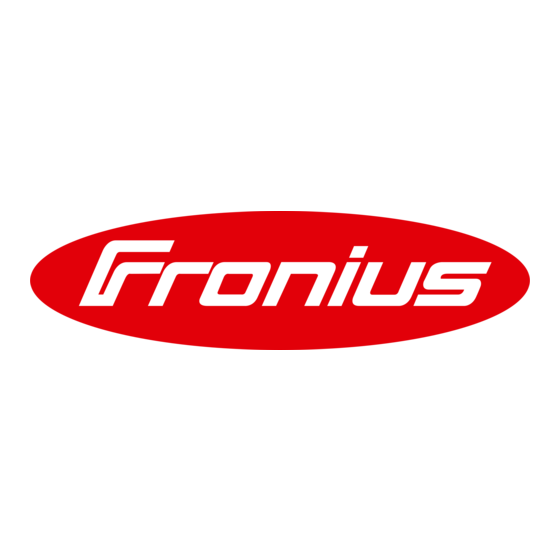

Fronius Tauro 50-3 Operating Instructions Manual
Hide thumbs
Also See for Tauro 50-3:
- Operating instructions manual (116 pages) ,
- Operating instructions manual (104 pages) ,
- Operating instructions manual (88 pages)

















Need help?
Do you have a question about the Tauro 50-3 and is the answer not in the manual?
Questions and answers